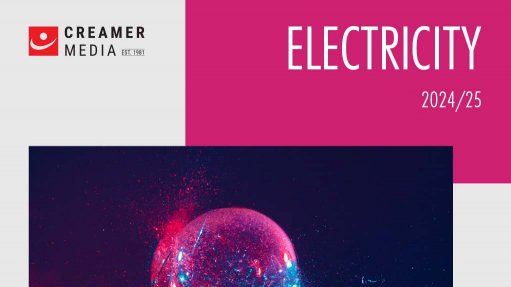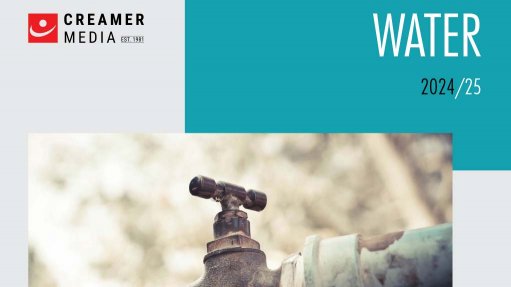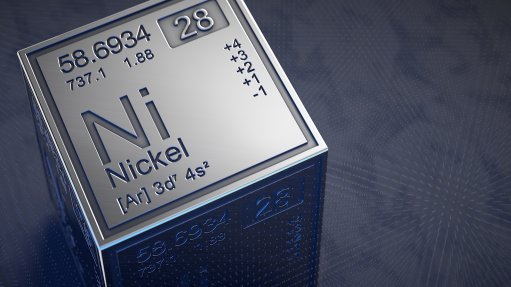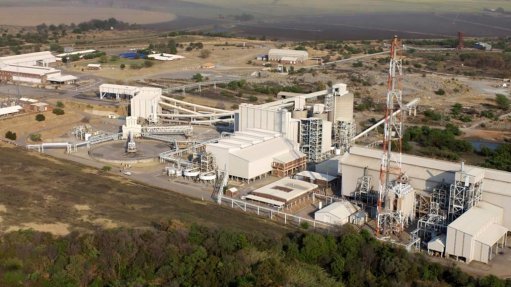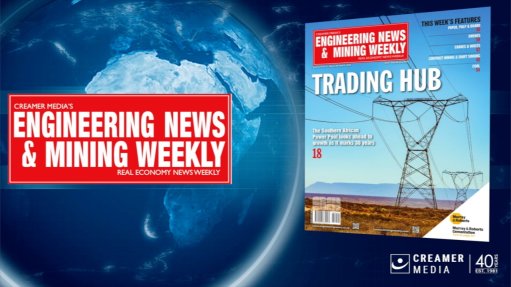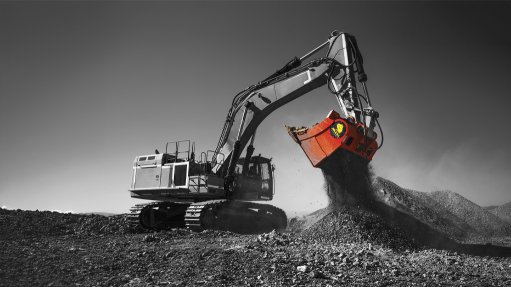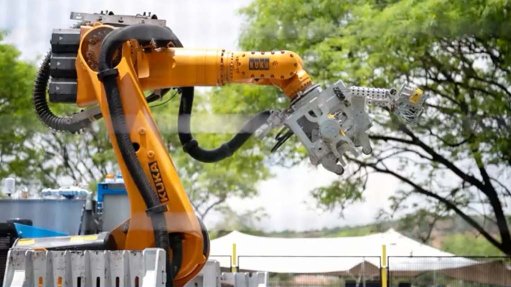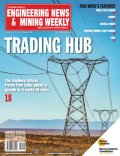Environmental permit bodes well for project financing
Iron-ore explorer and developer Zanaga Iron Ore Company (ZIOC) expects the environmental permit for its iron-ore project from the Republic of Congo’s Ministry of Environment to help attract finance to enable the valuable resource to be brought into production.
A joint venture with natural resource commodities producer Glencore, the project, in south-west Congo, was awarded the permit for the first phase of development in November.
The first phase is expected to produce 12-million tonnes of iron-ore, but ZIOC emphasises that its development remains dependent on financing, although it is encouraged by improving iron-ore market conditions for premium products.
The project, close to the border with Gabon, is planned to be a large-scale mine, with the capacity to produce 30-million tons of high-grade iron-ore concentrate over a 30-year life-of-mine. It will be developed in two stages – to yield 12-million tons a year of pellet feed in stage one and, in stage two, 18-million tons a year of pellet feed expanding to 30-million tons a year.
Staged development is beneficial to the Zanaga project, as it lowers capital and execution risk, reduces financing requirements and increases return on capital investment, ZIOC states.
Primary facilities of the project will include an openpit mining operation and associated process plant and mine infrastructure. It will also include a slurry pipeline for the transportation of iron-ore concentrate from the mine to port facilities, as well as port facilities and infrastructure for dewatering and handling of the iron-ore products for export to the global seaborne iron-ore market, located within a proposed third-party constructed port facility.
History and Geology of Zanaga
The Zanaga iron-ore reserve was discovered in 1939. ZIOC owns a 50% less one share interest in the Zanaga iron-ore project, with Glencore owning the remaining 50% plus one share interest, and has effective management control of the project.
Zanaga’s iron-ore deposit lies within a Precambrian-aged metamorphic greenstone belt in the eastern zone of the Chaillu Massif. The north-south trending belt extends over a length of 47 km, measuring between 0.5 km and 3 km in width.
The primary rock units hosted within the deposit include itabirite, or banded iron formation (BIF), that originates from exhalative silica and sediments rich in iron-oxide. The BIFs remain open at depth and have been transformed into magnetite itabirites, owing to a local metamorphism that has also transformed basic volcanic rock into amphibolites, or granular metamorphic rock consisting mainly of hornblende and plagioclase.
The magnetic itabirite trends north-south and is characterised by easterly dips. A 60-m- to 70-m-thick, haematite-dominated enrichment cap has formed as a result of weathering, while a secondary BIF enrichment overlies the mineralisation. Owing to the formation of the haematitic enrichment cap, several types of iron-enriched lithologies have developed within itabirites.
The sequence of mineralisation includes canga, which is a hard, compact haematite goethite cap hosted in a few areas; colluviums, or loose, unconsolidated sediments that have been deposited at the base of hillslopes and weathered itabirite units, which are metamorphosed iron formations composed of iron oxides and other accessory minerals.
Within metamorphosed volcano-sedimentary itabirites, mineralisations form, which are interbedded with amphibolites and mafic schists. Amphibolite is a coarse-grained metamorphic rock composed mainly of amphibole minerals and plagioclase feldspar, and mafic schists are igneous rocks containing a group of dark-coloured minerals composed mainly of magnesium and iron that split into flakes or slabs. Contact between the mineralisation and the crystalline basement is characterised by faulting and shearing.
Mining and Processing
The Zanaga iron-ore deposit will be mined using a conventional truck-and-shovel method. Openpit operations will involve drilling, blasting, excavating, loading and hauling.
Colloviums, compact itabirite and friable itabirite will be subject to free-dig techniques. Ore will be crushed, sized and stockpiled, then transported to a central processing plant by a series of conveyors.
Two products, including a haematite sinter product, consisting of 65% iron, and a high-ferrous, predominantly magnetite concentrate, consisting of 67% iron, will be treated at the processing plant. Two separate process routes will be followed.
Processed iron-ore will be linked to the proposed port site north of Pointe Noire, by making use of rail infrastructure to be developed for the project. The proposed infrastructure will expand about 350 km and have a capacity of 51-million wet tons. Eight trains with 136 wagons, hauled by four 4 300 hp diesel locomotives, are expected to travel along the route every day. The proposed port will have a capacity for 45-million tons of dry export ore a year.
Comments
Press Office
Announcements
What's On
Subscribe to improve your user experience...
Option 1 (equivalent of R125 a month):
Receive a weekly copy of Creamer Media's Engineering News & Mining Weekly magazine
(print copy for those in South Africa and e-magazine for those outside of South Africa)
Receive daily email newsletters
Access to full search results
Access archive of magazine back copies
Access to Projects in Progress
Access to ONE Research Report of your choice in PDF format
Option 2 (equivalent of R375 a month):
All benefits from Option 1
PLUS
Access to Creamer Media's Research Channel Africa for ALL Research Reports, in PDF format, on various industrial and mining sectors
including Electricity; Water; Energy Transition; Hydrogen; Roads, Rail and Ports; Coal; Gold; Platinum; Battery Metals; etc.
Already a subscriber?
Forgotten your password?
Receive weekly copy of Creamer Media's Engineering News & Mining Weekly magazine (print copy for those in South Africa and e-magazine for those outside of South Africa)
➕
Recieve daily email newsletters
➕
Access to full search results
➕
Access archive of magazine back copies
➕
Access to Projects in Progress
➕
Access to ONE Research Report of your choice in PDF format
RESEARCH CHANNEL AFRICA
R4500 (equivalent of R375 a month)
SUBSCRIBEAll benefits from Option 1
➕
Access to Creamer Media's Research Channel Africa for ALL Research Reports on various industrial and mining sectors, in PDF format, including on:
Electricity
➕
Water
➕
Energy Transition
➕
Hydrogen
➕
Roads, Rail and Ports
➕
Coal
➕
Gold
➕
Platinum
➕
Battery Metals
➕
etc.
Receive all benefits from Option 1 or Option 2 delivered to numerous people at your company
➕
Multiple User names and Passwords for simultaneous log-ins
➕
Intranet integration access to all in your organisation




